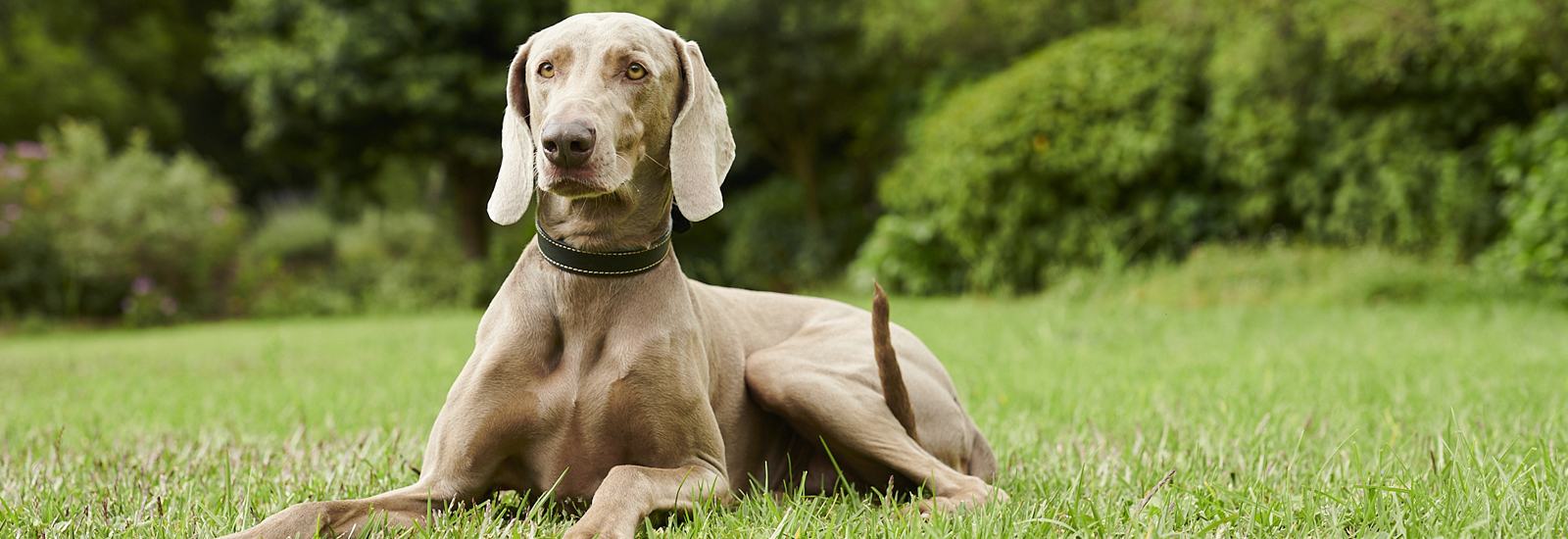If your dog shows signs of pain in joints or muscles, limps, or is not using any of its legs, this is known as lameness. In order to avoid permanent damage you should get the problem checked out by your vet at an early stage.
As soon as you notice that your pet is limping you should first inspect the affected leg i.e. the one that the pet is trying to avoid putting weight on. It could be that you notice swollen, warm or painful areas which could give an indication of where the problem could be. Look out for injuries in the sole area and remove any small foreign bodies in the foot such as spines, thorns or awns. Afterwards, the wound should be disinfected and bandaged by a vet. Larger foreign bodies such as shards of glass should only be removed by a vet as it can cause heavy bleeding.
Other reasons for lameness
Not all lameness is caused by acute trauma. As in humans, the causes range from a diversity of injury-related problems to developmental disorders such as hip dysplasia (HD) through to signs of wear and tear and ageing, particularly arthrosis. Lameness can also be caused by nerve and spinal conditions.
Joint injuries can lead to germs penetrating into the joint capsule and destroying the cartilage. Always consult your vet in such cases. Treatment at an early stage can lessen many problems and prevent long-term damage.
